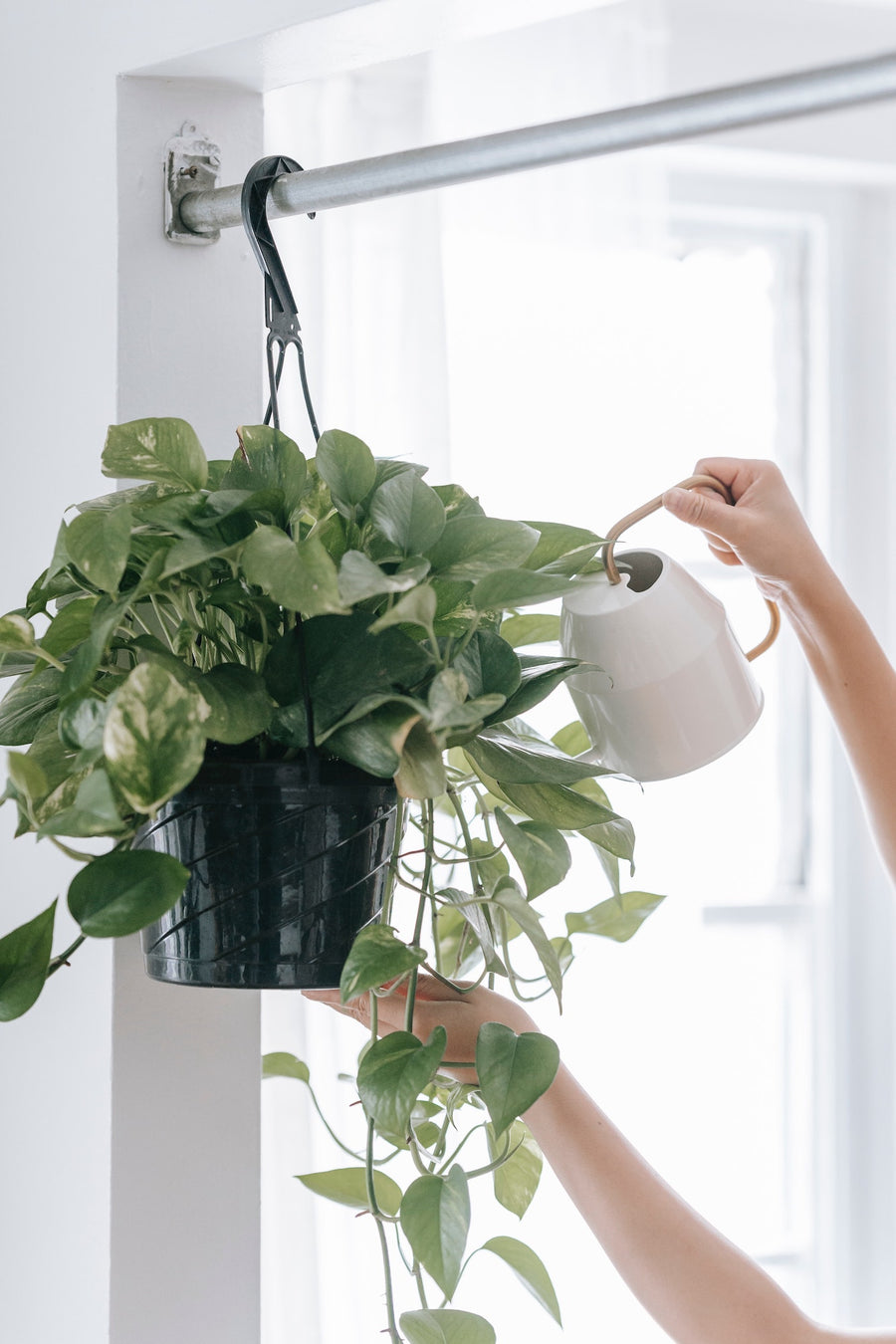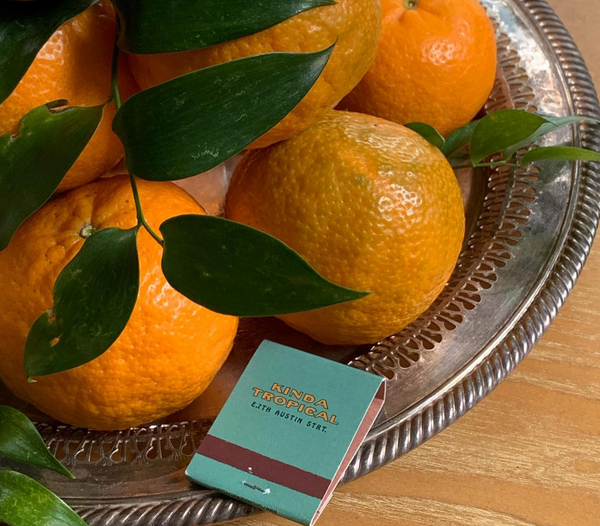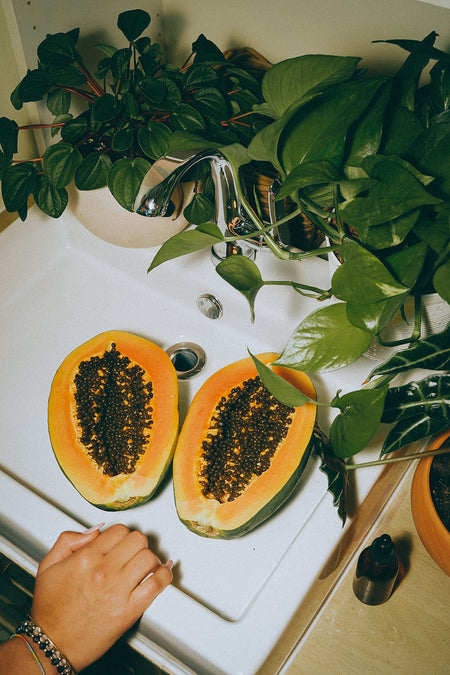We’ll start by bringing it back to basics - every living creature needs food, water, air, and sunlight to grow. Very simply put, plants grow larger by taking in the sun’s rays and going through photosynthesis- taking the water from the soil, carbon dioxide from the air, and then making sugars out of it. Plants then use those sugars as food, along with other nutrients that they usually get from the soil (nitrogen, phosphorus, and potassium along with other trace elements) as the building blocks to grow bigger cells, eventually creating whole new leaves, branches, and offspring.
Plants need nutrients to flourish! Typically, plants get nutrients in their native environments. In a truly natural world, a native plant would get its nutrients from the decaying material on the forest floor, built up from years of seasonal changes, and physically changed by the other surrounding plants and animals (from large predators to tiny microbes).
But fast forward to bringing the exotic and beautiful houseplants into your homes today… They have totally different environments, which the plants aren't that well adjusted to, and they are missing out on all the natural goodness that their native environment would provide for them. This just means that they need some extra TLC, and the fun of caring for them begins!
In comes fertilizer! Fertilizer, by definition, is any soil amendment that guarantees the addition of nutrients- typically nitrogen, phosphorus, and potassium (see our What is NPK Journal) - in a certain percentage. Natural fertilizers are derived from the by-products of plants and animals as well as ground rock powders, similar to what you might find in a natural plant habitat, and are available in both dry and liquid options.
Natural fertilizers allow for the slower release of nutrients as they are digested by microbes within the soil. The microbiome of a plant in its natural habitat includes an array of both physical structure/organic matter and microorganisms (different types of fungi, mycorhize, bacteria, nematodes, arthropods… the list goes on). The best fertilizers increase the cycling of nutrients by microbes and microorganisms, while not disrupting the intricate and important balance that they create within the root systems, what we call the soil microbiome. Plants need a healthy soil microbiome (just like a human’s immune system) to resist disease, fungus, pests, and non-ideal physical conditions ie. underwatering or too much light.
Synthetic fertilizers, by comparison, have high N-P-K balances, often in higher percentages, but are typically 100% bio-available to the plant at the time of application. This means that the plant will drink them up very quickly, often over-indulging, and sometimes burning their tissues in the process... talk about a sugar high! Synthetic fertilizers are usually toxic to the microbiome, killing beneficial microbes and bacteria and destroying the carefully balanced soil structure. Making synthetic fertilizers is an extremely energy intensive process, where the chemicals involved are isolated with high heat and high pressure (ever heard of fear of fertilizer bombs)? When used on farms, synthetic fertilizers leach into the water systems and create dead zones, killing everything in their path. All these considerations should definitely give you the ick… why would you want that in your home!
Now back to your houseplants - while the nursery pot plants we purchase are sometimes sold with slow release nutrients mixed in (sometimes you will even see the small, round fertilizing pellets mixed into the pots), the plant cannot create new nutrients for themselves after they are all used up! It can also be impossible to tell when a new plant was last fertilized, how long it sat in a store, and truly how consistently it was cared for before it arrived in your home. Nursery pot fertilizer or a repotted plant can last up to 6 months prior to becoming nutrient depleted. Typically, it is also impossible to tell if a plant was grown with organic/natural fertilizers or synthetic fertilizers.
The great news is that with the right type of fertilizer, you are helping your plant mimic its natural interactions, building up the microbiome to create plant resilience- and giving it the nutrients it needs to grow stronger roots, healthier stems, and larger or longer leaves! You can even rejuvenate the very dead or very sad microbiome of plants that have not been cared for well, or have experienced scarring from the use of synthetic fertilizer.
Flourish Plant Food, a microbe-rich, completely natural fertilizer, creates optimal conditions for your plant to grow and thrive. Giving it just the right amount of nutrients and the right kind of structure for both the soil and your plant to thrive. Think of this type of fertilizer as a “whole body” approach, caring for the whole plant keeps you from needing to worry about individual ailments later.
Plant care is self care!
Comment below with any questions you have on fertilizer use and check back for more sciencey content about your house plants!
Resources:
“Teaming with Nutrients” Jeff Lowenfels
“Teaming with Microbes” Jeff Lowenfels, Wayne Lewis
“Biological Science, 5th Edition” Freeman, Quillin, Allison
“Grow Green” Jen Chillingsworth







